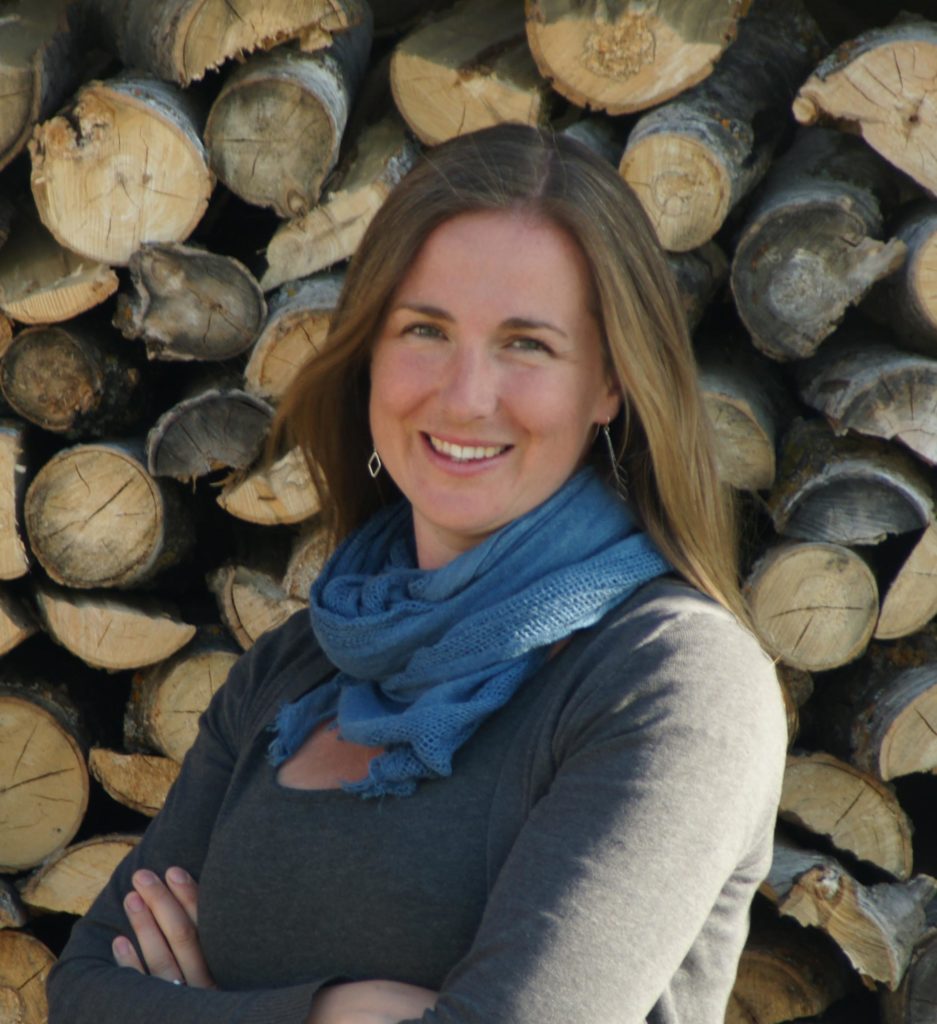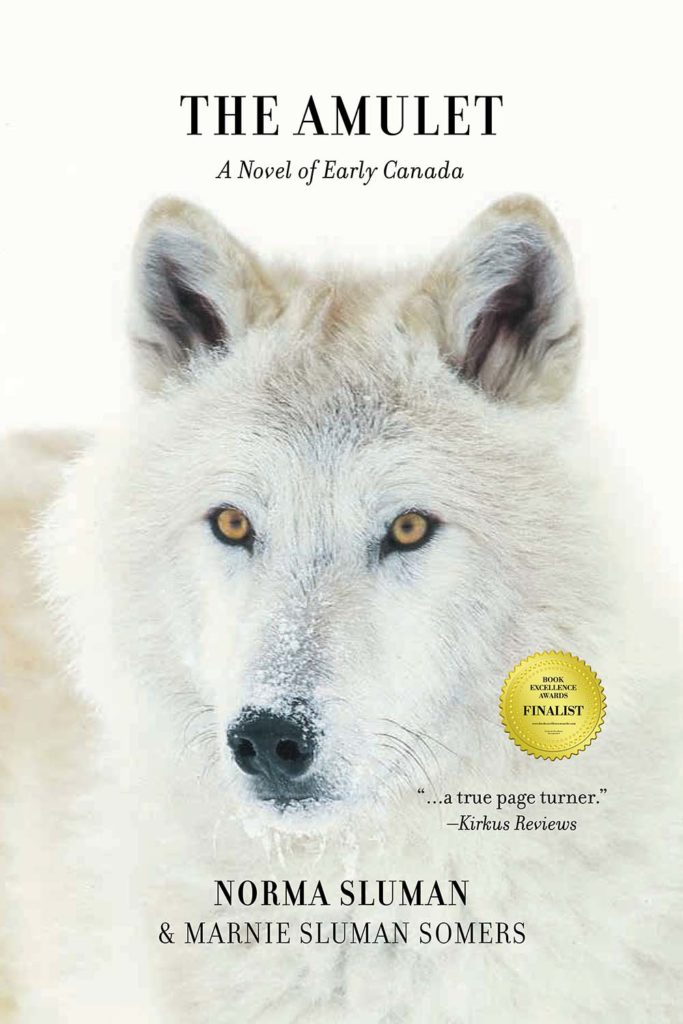Photo by Artak Petrosyan on Unsplash
Over the past weeks we’ve been talking about different kinds of writing and what they’re good for. Last week we talked about free-writing and explored some of the ways we can use it to explore our ideas, focus our thoughts, and encourage ourselves to be creative.
This week we’re talking about structure.
Structural Writing
This writing is the WORK. Consistent characters, a meaningful plot, steady pacing, a coherent order to your ideas, a persuasive argument, deciding what to hold back and what to share to build tension—these things are the bones of writing. Without them stories are a floppy mess and essays and articles have no impact.
Structural writing is the work of building the bones that hold the whole thing together. Without these bones stories are a floppy mess and articles have no impact.
WAYS TO PRACTICE:
Create a character sheet. This is simply a place where you collect everything you know about your character. What do they know and not know? What makes them angry? What do they want? Where did they grow up? You should know your characters well enough to know how they will react in any situation. If someone slaps your main character in the face will she kick them in the shins or sit down and cry? If you know your characters well they’ll feel like real people and you’ll avoid vague inconsistencies which turn off readers.
Outline. You can start with an outline or create one when you’re in the middle of a piece, either way it’s a great way to check for coherence, logic, flow, and persuasion. Pull out the main ideas or events, of your piece and do a logic check. What is the goal? Does it make sense? Have you structured your piece to work toward that goal? Is there anything missing? Are there any unnecessary pieces that don’t need to be there?
Plan. Write out the details out of what’s going on in your piece. What’s the main idea/mystery/event? Include everything in this summary. You don’t have to share it all with your readers but you do need to know it all thoroughly. Double check, does it all make sense? Is there a coherent goal? Now plan how you’re going to reveal it to your readers, a little bit at a time, keeping them hungry for more, but not so confused that they get frustrated. Each scene should have movement in relation to the goal or should reveal something about the mystery, or should add something to your argument.
This kind of writing isn’t thrilling or glamorous. It’s just plain work and it’s thankless work too, because if you do it right, it’s invisible. Your readers won’t even notice it’s there. That’s the goal—effortless grace. You’re working to create characters, arguments, stories, and plots which flow so seamlessly that even if they’re set in a garbage dump on one of Jupiter’s moons or feature a centaur as the main character they feel real.
THIS WEEK’S ASSIGNMENT:
Pull out something you’ve written and do the following:
What is the story? Summarize it for yourself in a few sentences.
You’re working to create characters, arguments, stories, and plots which flow so seamlessly that even if they’re set in a garbage dump on one of Jupiter’s moons or feature a centaur as the main character they feel real.
Now break it out into a mini outline. What is the beginning? What happens in the middle? What is the main event that it all builds towards? How is it all resolved?
Think it through. Check to make sure that each thing has a reason for it and that you are really sure about what the point of the whole thing is.
Let me know how it goes. I’d love to hear from you in the comments.
I’ll ripping apart the structure of my lastest story, then picking up the pieces and sticking them back together again.
Until next week,

Laurie MacNevin, HF Associate Editor
Laurie is an editor, writer, and researcher. Her deep love of stories led to an Honours degree and a Master’s degree in English Language and Literature from the University of Windsor. Originally from Southern Ontario, Laurie has lived in Manitoba for more than ten years, exploring the stories, landscape, plants, and people of some of the most remote parts of the province including three years in Churchill and two years in God’s Lake Narrows First Nation. Laurie and her family now live on an acreage outside of Carberry.
Not a member of our FREE Book of the Month Club yet? What are you waiting for?
Want a chance to win a free book written by a different Canadian author? Join our Free Book of the Month Club! Every month we review a book by a Canadian author and give it away to one of our email subscribers. Our goal is to share the work of other Canadian authors to help readers find other writers.




